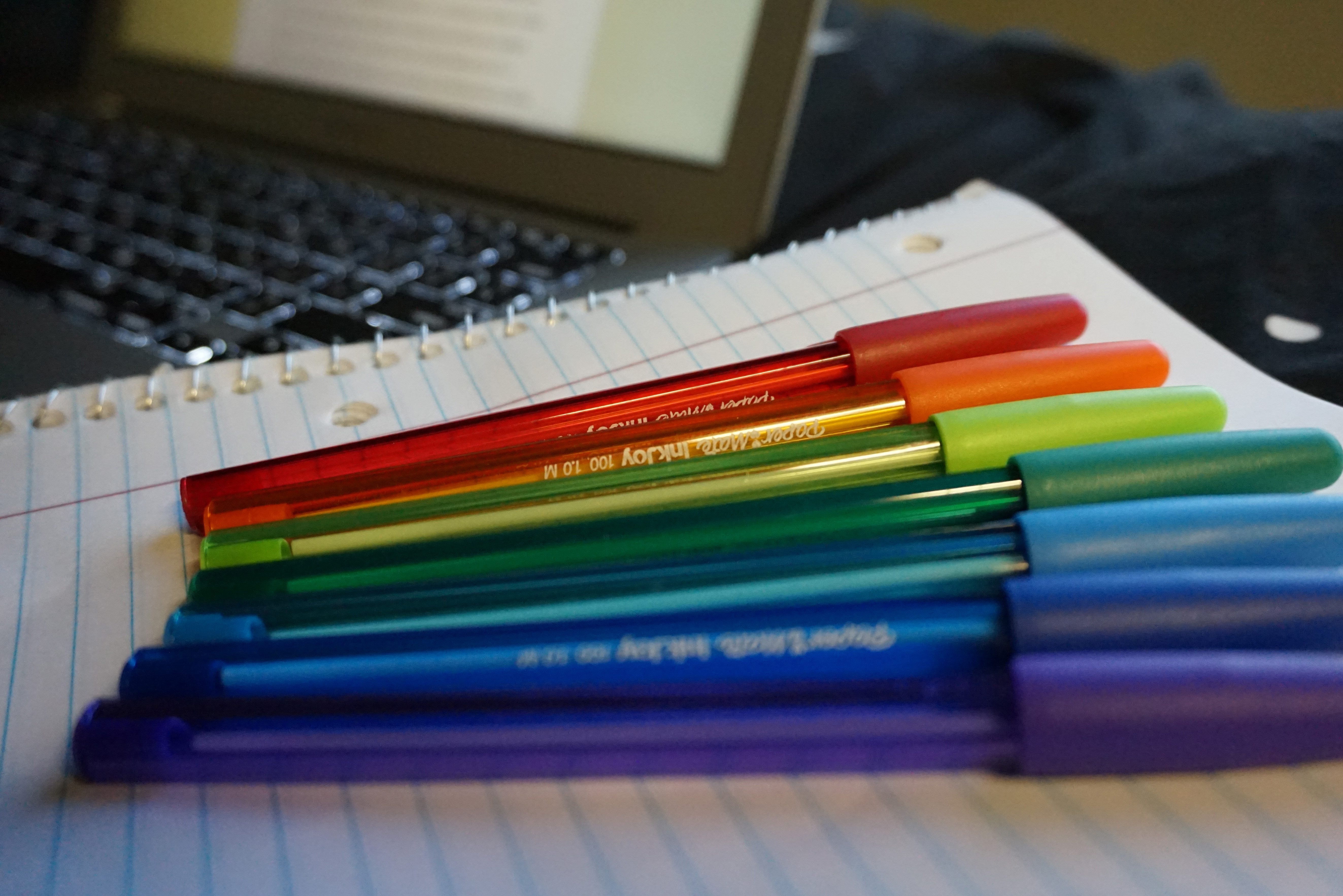It’s about halfway between midterms and finals for students at Portland State. Some students have only just begun to wonder how they are doing in their classes. Maybe a particularly difficult midterm just dashed those hopes for high marks.
Students can prevent tests and difficult assignments from wrecking their record and repeating classes.
The first step is to think about grades throughout the term. Successful students put in consistent effort all term. Anyone wondering which assignment is the most important can use the same answer at any time: The current assignment is the most important assignment. It does not matter if it’s a five-point homework assignment or a 100-point paper. They are equally important.
So, where do students fall short? Planning and studying. The most important part of staying on track is staying organized. Every student builds a schedule for courses every term, but how many stop there?
Scheduling should factor in time during each day for studying, homework and classes. Those are separate components. Study time is not for homework, and class time is not for studying. Follow the schedule. An understanding of the material is the base upon which success is built. Perfect attendance cannot make up for being completely lost on a subject.
Scheduling is a type of organization. Take all those blocks of time, and put them into bins that make up a whole day. One bin is work, another is school, and there can even be bins within the bins. Study time is in the school bin, and this one is crucial.
Using this time efficiently is important. The following will be a simple breakdown of how to handle study time in and out of the classroom.
Note taking is important to studying, but how many students are taking notes in a beneficial way? Good notes are slightly different for everyone, but there are some basics everyone should know.
There are several kinds of notes: The notes taken in class are lecture notes, and notes created while reading course material are study notes. Combining these two creates course notes. Each level of notes reinforces and develops a student’s understanding of the content, and it is important to go through each step.
Make study notes. This is the first step in the process, and like all other first steps it has to be right.
–Read the material once straight through. Just sink into the material, and try to distill the meaning without taking notes yet.
–Read it again and take notes on key concepts and important terms. Skim it. These are heading level, bold text, and information from the little popped out boxes.
–Read it a third time paying close attention to what connects each annotated idea, and make notes on the entire section showing connections between ideas.
If this sounds unappealing, try substituting the second and third phase for a single reading while making Cornell notes.
The best time to generate these study notes is before the pertinent lecture. Why? Because that is how students find out what they need to ask questions about during lecture. Read ahead.
Make lecture notes. Taking lecture notes requires a fast hand and efficient system for writing notes. At this stage of the game some students have figured out what works best for them and have developed strategies of their own. For those who have not, try learning to outline.
–Outlining is a quick way to take notes when time is sensitive. Organize the information in a descending and indented stack of notes that shows relationships between material. Most importantly, it should make sense to the writer.
–One tool not used often enough by students is their phone. Every cell phone has the ability to record. Make an audio recording of every lecture, and play it during study time. Use it to create more comprehensive notes or fill in blanks on the day’s lecture notes.
You can do both at once these days thanks to the app market and touchscreen devices. Check out Notability for tablets. It automatically syncs written notes with audio recordings. Lecture notes playback while the lecture recording plays, and tapping on any part of your notes jumps to that section in the recording. This is note taking for the modern age.
With lecture notes handled, it is time to put them together with study notes, and build the final set of notes.
Make course notes. Making course notes means connecting the ideas from the text or study materials, and the ideas from lectures.
–Put both sets of notes side-by-side, pull out some fresh paper, and start connecting the dots.
–Building these notes is what brings out the value in every class a student pays for. This is a record of what has been learned and what needs to be remembered.
–Course notes can also help in making study tools like flashcards, study guides, and test notes.
This is an example of a successful note taking strategy. There are more ways to study, and the correct method is different for every student. The only way to find which is best is to try out several.
Do not leave grades up to chance. Students have a learner mindset which is worth maintaining for an entire life. Foster that learner mindset and adapt it to the impending post-college lifestyle by developing good habits now.
Get organized. Get to studying. Put in the work.






